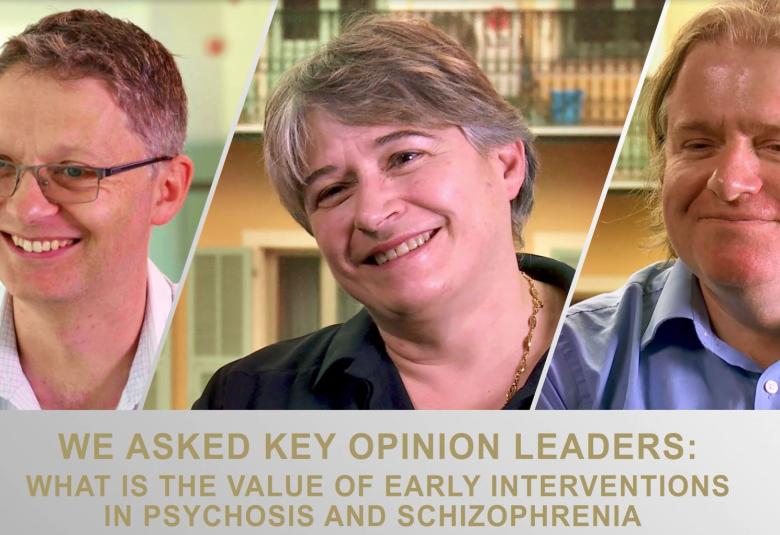The application of digital interventions is starting to emerge as part of a rapidly expanding cache of mobile technology tools for assessment, intervention and self-help in mental health.1 Several recent articles, including a report from the International Consortium on Hallucinations Research (ICHR), have identified some key areas, where digital tools may benefit those experiencing the debilitating symptoms of psychosis, particulalrly hallucinations.
Monitoring and managing intermittent hallucinations
Smartphones could bridge the gap between the ‘silent’ consultation room and ‘noisy’ reality. Therapies based on ecological momentary assessment (EMA) research are of particular interest.
Smartphones may bridge the gap between ‘silent’ consultation room and ‘noisy’ reality
EMA involves smartphone prompts being sent to patients several times throughout the day to provide current information on their status, thereby capturing data both prospectively and longitudinally.
EMA could also support self-management strategies, otherwise called ecological momentary interventions (EMI). Indeed, use of a combination of both ecological approaches – assessment and intervention (EMA/I) – has been shown to be feasible and acceptable to those experiencing hallucinations.
Combining both ecological approaches – assessment and intervention – is feasible and acceptable to those experiencing hallucinations
A pilot randomized controlled trial (RCT) of 34 subjects with persistent and distressing auditory hallucinations compared EMA/I delivered by smartphone plus treatment-as-usual (TAU) with TAU only.2 EMA/I plus TAU improved coping, reducing the severity and some of the negative impact of the voices compared to TAU only.
Blending this EMA/I approach with four face-to-face therapy sessions also improved coping in those experiencing persistent auditory hallucinations.3 The 12 participants felt that EMA/I helped capturing their experiences and communicating them more accurately with therapists. Furthermore, the relationship between therapist and client was enhanced.
Auditory hallucinations - targeting verbal aspects
Auditory hallucinations are thought to include cognitive processes involved with inner speech. Inner speech can be targeted using a smartphone audio player to present either coping or mindfulness exercises.4
Alternatively, an app, TEMSTEM, uses language games that interact with the language production areas in the brain to suppress auditory hallucinations; these games can also help promote self-esteem.5
Language games may suppress auditory hallucinations and help promote self-esteem
EMA/I also have the potential to influence inner speech offering a further approach to capturing auditory hallucinations.6
Therapeutic applications including virtual and augmented reality
Increasingly well-known that the creation of distracting auditory stimuli can both aid in the reduction or cessation of auditory hallucinations and can help to promote coping strategies. Dealing with visual hallucinations is less simple.
Developments in virtual reality and use of avatars suggest that recreating the visual hallucinatory experience could be therapeutically useful as it assists communication between therapist and client.
Feasibility and usefulness of ACT-DL
Acceptance and Commitment Therapy in Daily Life (ACT-DL) is an ACT (a type of cognitive behavioral therapy) augmented with a daily life application and is, therefore, an EMI. Subjects receive this ecological blended therapy via an app, which prompts relay of symptoms or encourages exercise throughout the day.
Its feasibility and usefulness has been reported in an RCT of 55 emerging adults with subthreshold depressive and/or psychotic complaints, 27 of whom received ACT-DL and 28 an active control.7
While still early days, it is clear that mobile interventions are set to play a big part in the management and treatment of those experiencing psychosis
The INTERACT study will be the first RCT to comparing the efficacy of ACT-DL and TAU in those at ultra-high risk of or with first episode psychosis.8
While still early days, it is clear that mobile interventions are set to play a big part in the management and treatment of those experiencing psychosis.
Our correspondent’s highlights from the symposium are meant as a fair representation of the scientific content presented. The views and opinions expressed on this page do not necessarily reflect those of Lundbeck.




